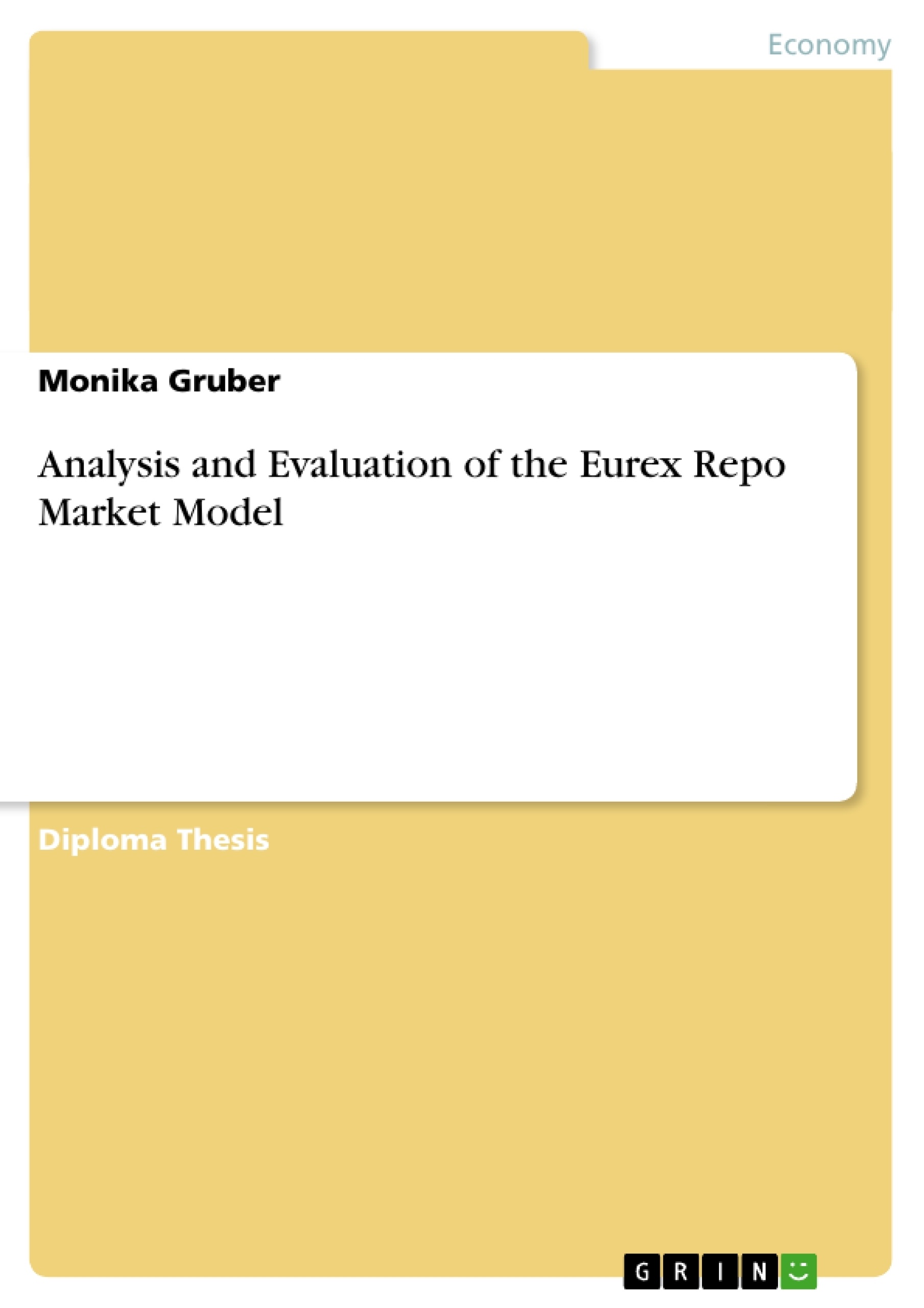Europe is a leading world centre for financial markets alongside North America and the
Far East. European securities exchanges play a vital role in these markets by providing
companies with the opportunity to raise capital and by giving both private and institutional
investors the opportunity to invest.
There have been three major developments that characterise the changes in the European
Exchange landscape over the past twenty years: the globalisation of financial markets, the
revolutionary developments of technology, and European regulation. A growing number of
companies and banks wish to raise capital in more than one country. Investors too are
looking at integrated or interconnected international markets in order to maximise their
return and spread their capital risk. Long term developments such as the introduction of the
euro, the spread of privatisation, the growing number of pan-European mergers and the rise
of the retail investor have encouraged closer cooperation and, in some cases, the
integration of Europe’s formerly diverse and separate equity markets. At the same time,
over the past decade, every European exchange membership has undergone a major
transformation. Most have opened up to foreign-owned intermediaries. Trading is executed
electronically, often from overseas.
European securities exchanges have risen to these challenges in a number of ways. Several
exchanges increased the number of hours during which trading can take place to enhance
access. They also introduced market-making and block-trading to increase liquidity.
Additionally, order handling and execution systems were refined in order to boost
efficiency and to reduce settlement times. Most exchanges also improved information
systems to increase transparency and access. By developing new and imaginative
investment instruments investment options have been enhanced. Thus, the European
exchanges of today rightly present themselves as modern, high-tech enterprises. In several
European countries, whole securities market services groups have grown around the
traditional exchanges. With very few exceptions, the national derivatives markets are
generally found today under the same roof as the national cash markets. Some of these
groups even integrated their national clearing and settlement institutions, their IT provider,
information distribution services and others. [...]
Inhaltsverzeichnis (Table of Contents)
- INTRODUCTION
- THE NOTION OF “REPURCHASE AGREEMENTS”
- DEFINITION AND CHARACTERISTICS OF THE “REPURCHASE AGREEMENT”
- COLLATERAL
- T-Bonds and T-Notes
- T-Bills
- Pfandbrief
- THE PRICING OF REPOS
- THE RISK ASSOCIATED WITH REPOS
- THE ADVANTAGES OF REPOS
- DIFFERENTIATION TO OTHER INSTRUMENTS
- Securities Lending and Borrowing
- Sell/Buy Back Agreements
- Lombard Loan
- Interest rate swap
- THE EUREX MARKET MODEL
- THE ROLE OF FINANCIAL MARKETS AND FINANCIAL INTERMEDIATION
- OTC Trade versus Exchanges
- The Derivatives Exchange
- THE HISTORICAL DEVELOPMENT OF THE EUREX
- THE CURRENT MARKET MICROSTRUCTURE
- Structural Features
- Products
- Settlement and Clearing
- Eurex Clearing AG
- SIC Swiss Interbank Clearing
- SIS SegaInterSettle AG
- The Eurex Fee and Pricing Model
- The Development of the Trading Volume
- INTERNATIONAL COMPETITION
- Europe: Euronext, Newex, Norex
- United States: CBOT & CME
- The Global Trend
- THE ROLE OF FINANCIAL MARKETS AND FINANCIAL INTERMEDIATION
- THE EUREX REPO MARKET MODEL
- THE CURRENT MARKET MICRO STRUCTURE
- General Conditions for Participation in Eurex Repo
- Requirements for the Use of the Eurex Repo Trading Platform
- Rights and Obligations of Participants on Eurex Repo
- Trading Hours and Trading Calendar
- Trading Procedures
- Fees and the Repo Rate
- Collateral
- Settlement and Clearing
- LEGAL FOUNDATIONS FOR THE EUREX REPO SYSTEM
- MARKET SURVEILLANCE
- EUREX REPO MARKET PRACTICES
- CRITICAL FACTORS FOR THE EUREX REPO MARKET MODEL
- FUTURE OUTLOOK FOR THE EUREX REPO MARKET MODEL
- THE CURRENT MARKET MICRO STRUCTURE
Zielsetzung und Themenschwerpunkte (Objectives and Key Themes)
This thesis aims to analyze and evaluate the Eurex Repo Market Model, examining its structure, functionality, and significance within the broader financial market landscape. It explores the historical development of the Eurex, its current market microstructure, and the key factors influencing its performance and future prospects.
- The concept of repurchase agreements (repos) and their characteristics
- The development and current state of the Eurex market model
- The Eurex Repo Market Model, including its trading platform, procedures, and legal foundations
- The role of collateral and settlement in the Eurex Repo market
- Critical factors influencing the success and future outlook of the Eurex Repo market model
Zusammenfassung der Kapitel (Chapter Summaries)
The first chapter provides an introduction to the thesis, outlining its scope, objectives, and key themes. Chapter two defines the concept of repurchase agreements, exploring their characteristics, pricing, risk factors, advantages, and differentiation from similar financial instruments. It delves into the different types of collateral used in repo transactions, including T-Bonds, T-Notes, T-Bills, and Pfandbrief.
Chapter three delves into the Eurex market model, examining the role of financial markets and financial intermediation. It explores the historical development of Eurex, its current market microstructure, including its products, settlement and clearing processes, and the Eurex fee and pricing model. The chapter also analyzes the international competition faced by Eurex from other exchanges in Europe and the United States.
Chapter four focuses on the Eurex Repo Market Model, examining its current microstructure, including general conditions for participation, trading procedures, fees, collateral, and settlement and clearing processes. It delves into the legal foundations of the Eurex Repo system and its market surveillance mechanisms.
Chapter five delves into the critical factors influencing the Eurex Repo Market Model, analyzing its current market practices, challenges, and future outlook.
Schlüsselwörter (Keywords)
The key terms and concepts explored in this thesis include repurchase agreements (repos), Eurex, derivatives exchange, market microstructure, collateral, settlement and clearing, trading procedures, legal foundations, market surveillance, international competition, and future outlook.
- Quote paper
- Monika Gruber (Author), 2004, Analysis and Evaluation of the Eurex Repo Market Model, Munich, GRIN Verlag, https://www.grin.com/document/32816



